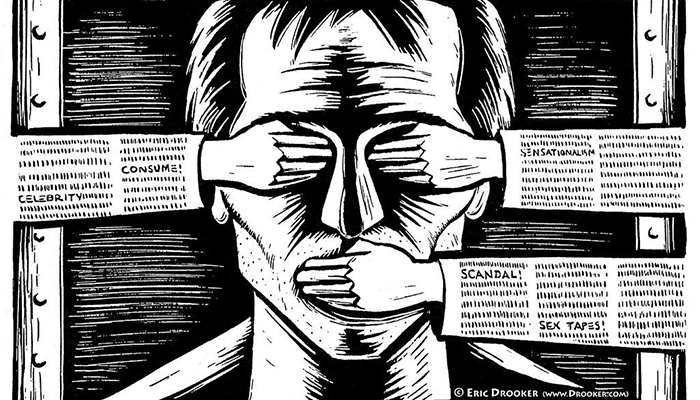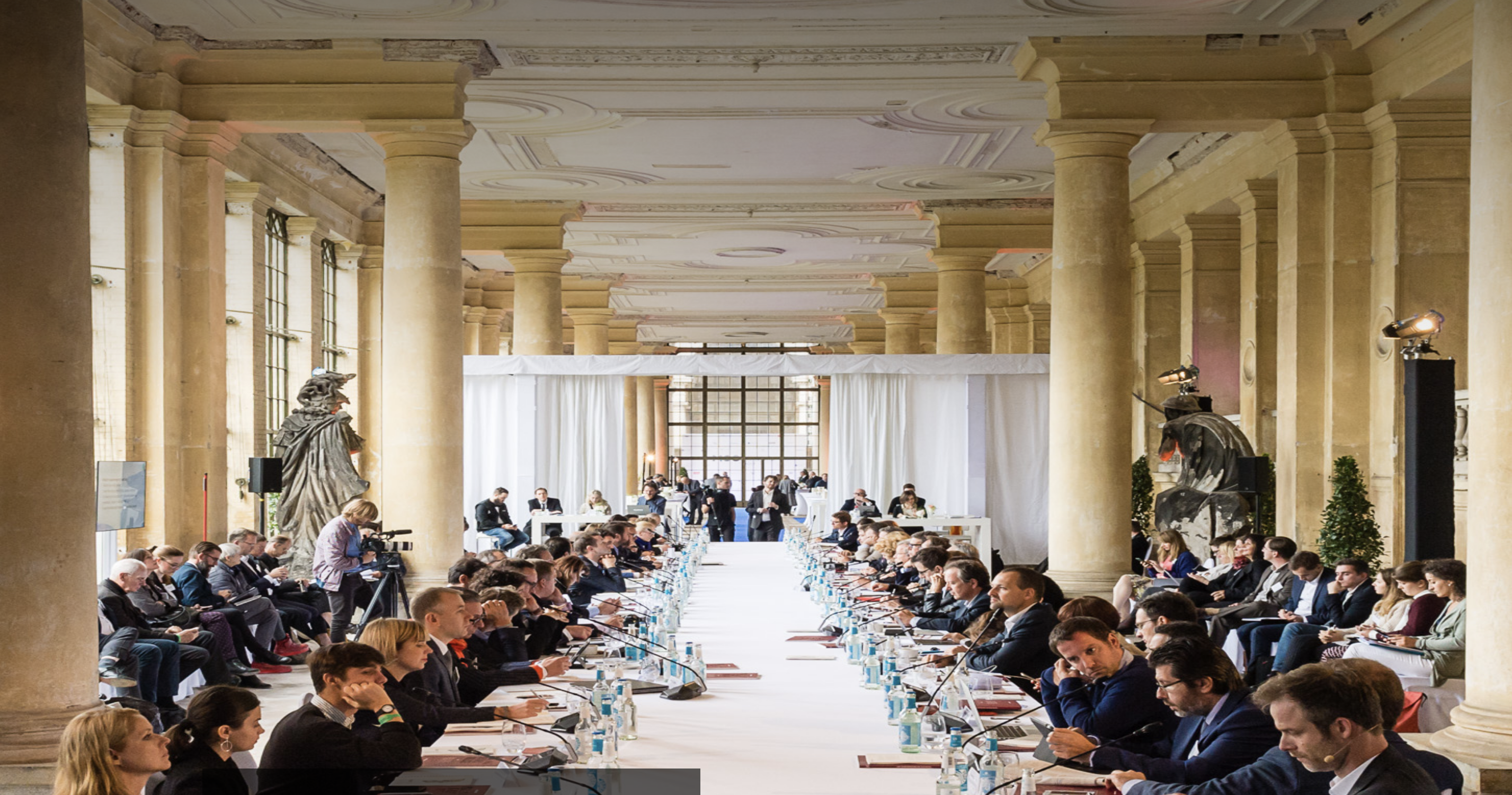Since the last week of May students, activists and political parties have started protests across the Pakistan province of Balochistan to demand justice for Bramsh, a four-year-old girl who was wounded and lost her mother in an apparent robbery attempt reportedly by members of a private militia locally known as death squads. Hundreds of thousands of people took on the streets in various districts of Balochistan, but Pakistani mainstream media refrained from giving it coverage. In this article, Shah Meer Baloch, an LSE MSc student and journalist, argues that political economy, culture and security are key reasons that restrict mainstream media from giving coverage to Pakistan’s nationalist and largest, but least populated province.
Even by Balochistan’s standards of chaos, the May 26th incident was very shocking. Balochistan has been witnessing an insurgent movement for around two decades. Since the inception of Pakistan. This is the fifth round of insurgency and the longest in Balochistan’s history. But the May 26 incident, a killing of a woman, Bramsh’s mother and injuring the toddler has not been seen before. One of the robbers was caught by her family members. He reportedly admitted they were sent to Bramsh’s home by Sameer Sabzal, an alleged local leader of a death squad and a member of the ruling party in the province.
Sabzal’s picture made the rounds on social media platforms, a picture in which he is sitting with Balochistan’s finance minister. Protests erupted and started with demands of dismantling and ending private militias and justice for Bramsh. Private militias or death squads are allegedly groups used for counterinsurgency and Human Rights Watch in its 2011 report said, “this is not counterinsurgency – it is barbarism,” and accused security forces of backing them.
In a protest last week in Quetta, the provincial capital, a man holding a poster asked TV journalists if the protests do not deserve 5 minutes of their time. People living in other provinces rarely know what happens in Balochistan, a region which covers half of Pakistan’s land mass. Mainstream media does not have any commercial interests in covering the province and its issues are not appealing for wider audiences.

Journalists Stranded
Around 6 months ago, Dawn TV, a progressive media network and 24 News channel closed down their bureaus in Quetta. 24 News laid off their employees except for a cameraperson and reporter. Dawn left its 6 employees helplessly stranded after closing down offices and asked them to work on their own.
“Mainstream media has never been interested in socio-poltical or any other issues concerning Balochistan,” Syed Ali Shah, Dawn’s bureau chief who now symbolically holds this title without any bureau, told me. “The reason is obvious as there is no industry across the province. No industry means no advertisements and no money. Therefore, no coverage.”
In Pakistan’s industrial town, Faisalabad most media networks have their bureaus because it offers advertisement and commercial interests unlike Balochistan. Ratings are of huge importance. News from Balochistan doesn’t have any ratings. Most often terrorist attacks killing dozens get coverage due to viewership and ratings.
But even violent political attacks don’t become breaking news. On 13 July 2018, a terrorist attack in Balochistan, claimed by ISIS took place and former Prime Minister Nawaz Sharif’s return to Pakistan from exile coincided with the attack. Mainstream media gave coverage to Sharif’s return rather than the killing of 128 people in Mastung, Balochistan, including the provincial assembly candidate Siraj Raisani. It was not until that night that ISPR, the media wing of the Pakistani armed forces, issued a press release.
The next day, the attack got coverage in mainstream media, “not because more than hundred people died but [because the] media focused on the visit of Army chief to Balochistan after the attack,” said Shahzada Zulfiqar, the president of Pakistan Federal Union of Journalists (PFUJ).
Zulfiqar recalls another story when Mujeeb-ur-Rehman Shami, The Council of Pakistan Newspaper Editors (CPNE), visited Balochistan before general elections in 2013, on a sponsored trip by the then Balochistan government. When a journalist in Quetta press club asked Shami about the blackout of Balochistan from mainstream media, he replied, “whatever coverage, even very little, Balochistan is getting, it is all because of national integration. If you need more representation and coverage, then do ask your government to pay and give advertising.”
Neglected Province
As well as commercial interests there is also a mindset in Pakistani mainstream media that they regard the province as ‘tribal’ and have very meagre information on the neglected province.
Protesters and activists used the hashtags of #BalochLivesMatter & #JusticeForBramsh for getting the attention of larger audience on social media. It became one of the top trends. Having very little knowledge about ground realities in Balochistan, ARY news channel used the picture of wounded Bramsh as Zohra Shah’s picture, a domestic worker who was beaten to death by employers for releasing a parrot from cage mistakenly in the last week of May.
Another factor for the lack of coverage of Balochistan in mainstream media is the security narrative. There is a narrative that hostile intelligence agencies are involved in sabotaging peace in the province.
“In most Pakistani media newsrooms, Balochistan is treated as a very sensitive topic,” Shahzeb Jillani, former senior executive editor and correspondent, Dunya News told me. “Most of Balochistan’s problems are rooted in the military conflict and why its governed. That’s why there’s no room for independent reporting as it inevitably leads to talking about the root-causes of insurgency, grievances of the nationalists, and the establishment’s questionable actions in the province. Therefore, media networks try to stay clear of Balochistan. And if they do report, it’s usually based on the information approved by the ISPR.”
Jillani says that when independent coverage is not allowed about Balochistan, it leads to a lack of understanding of the problem. Media coverage is then confined to the official narrative, which often suppresses the truth and misinforms the public.
The mainstream media ignores its responsibilities of covering Balochistan due to different reasons that include the political economy of mainstream media industries, cultural neglect and ignorance about Balochistan in the other provinces of Pakistan, and the dominance of the so-called security narrative. Each of these reasons, either independently or in combination, results in the structural exclusion of Balochistan’s existence, its struggles and its aspirations. In order to address the representational aspects of structural exclusion, Pakistan needs to radically overhaul its media and communications policy, industry and communicative culture.
This article by Shah Meer Baloch, an LSE MSc student and journalist. The views represent those of the author, not Polis or the LSE




